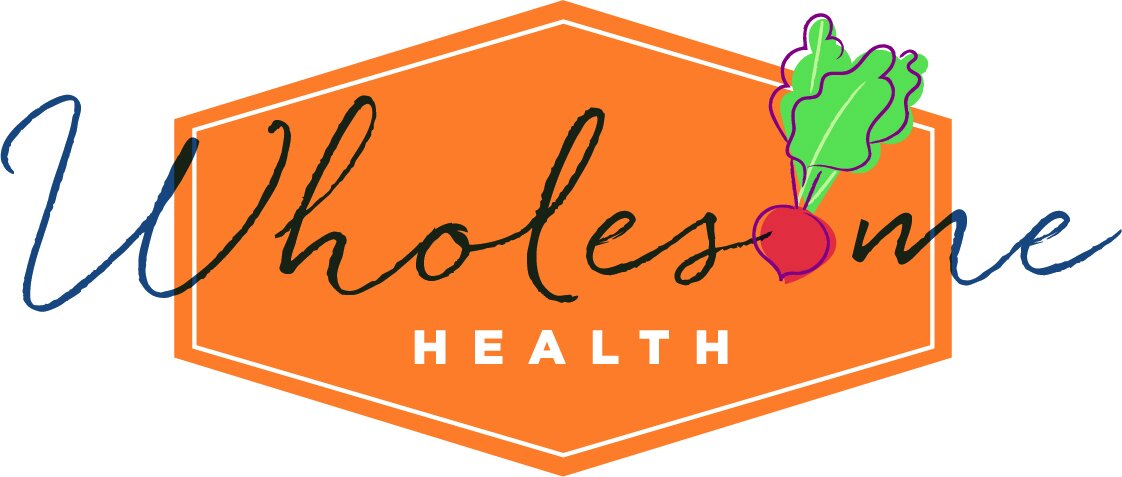How Much to Feed Your 1-Year-Old
Are you wondering how much your 1-year-old should be eating? It may seem challenging to figure this out but it doesn’t have to be, so today I’ll talk about how much and how often to feed your toddler once they turn 1, what foods to include in a balanced diet, and a sample menu for a 1-year-old.
How much?
At 1 year of age, growth rate often slows, so you may notice an overall drop in your toddler’s appetite, which is normal. One-year-olds need around 1,000 calories per day, but this will vary from day-to-day and from toddler to toddler. Don’t be alarmed if your toddler eats more than this one day then far less the next. Most toddlers are great at self-regulating how much food they need to eat and will only eat what they actually need. Therefore, if your toddler is refusing to eat, don’t force them to, as they will likely eat at the next meal or snack.
How often?
Most toddlers do best with several small meals and snacks throughout the day. Offering 3 meals and 2-3 snacks each day is usually best, but your toddler may need more or fewer snacks than this depending on how much they eat at a time. It’s best to stick to somewhat of a structured meal routine rather than letting your toddler graze all day. Having set meal and snack times will allow you toddler time to get hungry and hopefully be more likely to eat the food you provide for them.
Balanced eating
Offer your 1-year-old a wide variety of nutritious foods. Once your toddler hits the age of 1, breastmilk or formula are no longer their main source of nutrition. This means you’ll need to make sure he or she is getting enough nutrients from solid foods. Breastmilk can still be offered as much as you and your toddler would like, but it’s also important that you offer plenty of solid foods.
Be sure to offer your toddler food from each food group every day, unless they have an allergy or intolerance:
Fruits - offer lots of different colorful fruits like berries, apples, mangoes, bananas, kiwi, melons, and more
Vegetables - offer lots of different colorful veggies like leafy greens, broccoli, cauliflower, squash, carrots, and more
Grains - choose mostly whole grains like whole grain bread, whole grain pasta, oatmeal, quinoa, and farro
Dairy - choose whole milk and whole milk yogurt instead of lower fat varieties until your toddler is 2 years old
Protein - cheese, eggs, shredded or ground chicken, fish, turkey, and beef are good options as well as plant-based proteins like nut and seed butter, beans, lentils, and tofu
Fats - choose mostly heart-healthy fats like olive and avocado oil, avocado, fatty fish, and nut and seed butter
Try to avoid giving your toddler added sugar and salt. Until you introduce them to salt and sugar, they won’t know what they’re missing! Instead, just add spices and herbs for flavor.
Sample 1,000-calorie meal plan
Here is an idea of what you can feed your 1-year-old in a day, but remember, every toddler is different and yours may eat more or less than this. As long as your child is growing as they should, they are likely getting enough to eat.
Breakfast: 1 egg scrambled with spinach and 1 tbsp cheese + 1/2 banana + 1/4 avocado
Snack: 1/2 cup whole milk yogurt + 1/4 cup blueberries
Lunch: 1/2 peanut butter sandwich on whole grain bread + 1/2 cup roasted cauliflower + 1/2 cup whole milk
Snack: 2 tbsp hummus + 1/2 cup unsweetened applesauce
Dinner: 1/2 cup whole grain pasta with 1 tsp butter + 2-3 oz ground turkey + roasted carrots
Snack: 1/2 cup whole milk
Notes:
Be sure to cut foods into bite-size pieces to avoid choking
Choose a whole grain bread without added sugar, if possible
Spread peanut butter very thinly on the bread to avoid choking
Make sure your toddler is sitting down while eating
Always supervise your toddler while they eat
Though it may seem daunting trying to figure out how much your 1-year-old needs to eat, remember that their bodies usually know how much they should eat. Offer 3 meals and 2-3 snacks per day. Avoid letting your toddler graze in between meals and snacks. Serve a wide variety of nutritious foods and avoid stressing out if your toddler skips a meal or snack. They’ll likely gobble down then next meal or snack because they’ll be hungry!


